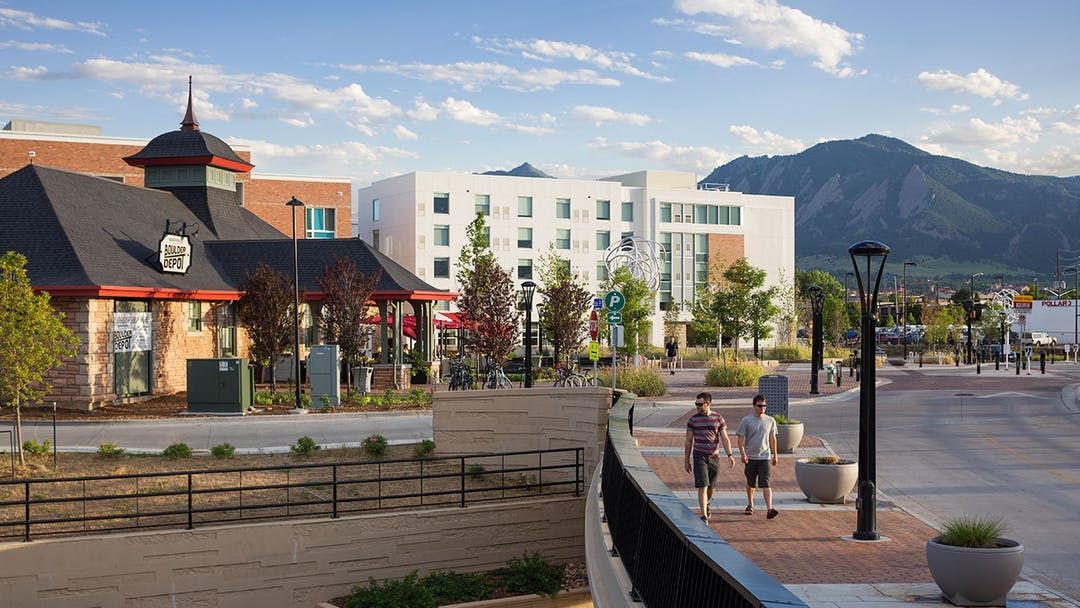
Affordable Housing
Income diversity, and its preservation is critical to also preserving social, racial, ethnic and political diversity. Political diversity is critical to a well-functioning democracy. Boulder must broaden and strengthen its affordable housing approach to retain and broaden the economic spectrum of the population that currently lives here.
Boulder has a severe jobs and housing imbalance. Every weekday, about 60,000 people (approximately half of the Boulder workforce) commute into Boulder. Disproportionate increases in job growth and CU enrollment drive this in-commuting and the associated impacts of climate change, congestion, and inequity.
Between 2010 and 2020, city figures show employment increased twice as fast as population. CU enrollment increased by over 6,000 students (20%) between 2011 and 2021. This imbalance results in more in-commuters, congestion, greenhouse gas emissions, and skyrocketing housing costs. An important solution to this imbalance would be emphasizing housing as an alternative use in commercial zones and potentially converting some commercial buildings to housing.
To PLAN-Boulder County, “affordability” means a very specific thing. It means permanent affordability. It also means such housing is part of a program, either government or nonprofit operated, that targets predominantly low to moderate income households and sometimes middle income households for housing assistance and income qualified program participants.
Many common marketing euphemisms that are employed, such as “workforce housing”, “natural affordability”, “organic affordability”, “natural density”, or the term “density” itself, are misleading. Loosely using the term “affordability” without explaining that it means permanent and targeted toward specific lower income populations is also misleading. If it's not permanently affordable, it's not solving the problem, it just more unaffordable housing.
Affordability”, that is, “permanent affordability”, is achieved through the intentionality of creating it. It does not come about automatically, nor is “market rate” affordable long term.
By definition, “market rate” means the price is set by the market so it is inherently not permanently affordable even if it might initially be affordable to some range of households normally targeted for housing assistance. If not permanently affordable, eventually the market, especially in a luxury gentrifying market like Boulder’s, will push “market rate” housing out of the reach of low and moderate income families.
PLAN-Boulder County believes:
- Existing market-rate affordable housing must be protected against gentrification.
- Any affordable housing program must at a minimum maintain the absolute number and percentage of housing units that are affordable to households with incomes ranging from low- to middle-income, and match the economic distribution of the population, so that we can preserve our socio-economic diversity;
- Most new housing must be permanently affordable. Boulder’s Inclusionary housing program relies on the development of a large number of unaffordable housing units (nominally 80%) to generate a small number of affordable housing units (nominally 20%). Meanwhile, market-rate housing prices, including market-rate affordable housing prices, are increasing at a greater rate than incomes, making market-rate housing less and less affordable over time. This is exactly the opposite outcome of what is needed – the majority of new housing must be affordable and that affordability must be permanent.
- The costs for maintaining or improving upon that income distribution must be appropriately assessed to the drivers of housing unaffordability, i.e., commercial development and the demand for people and thus housing that it creates.
- Existing, under-utilized office space should be transformed into affordable housing.

